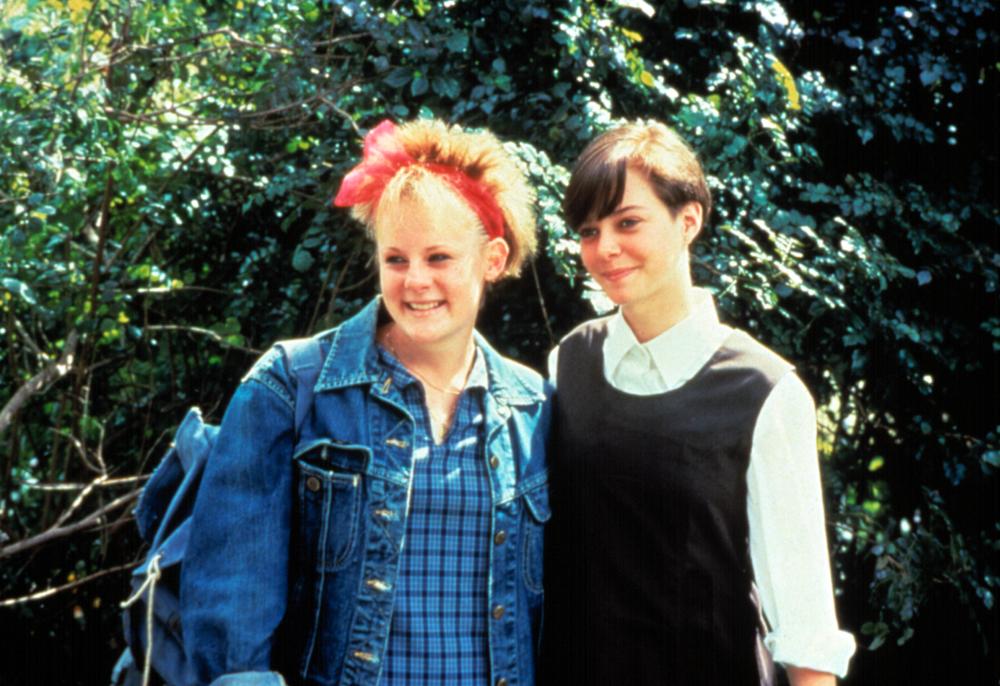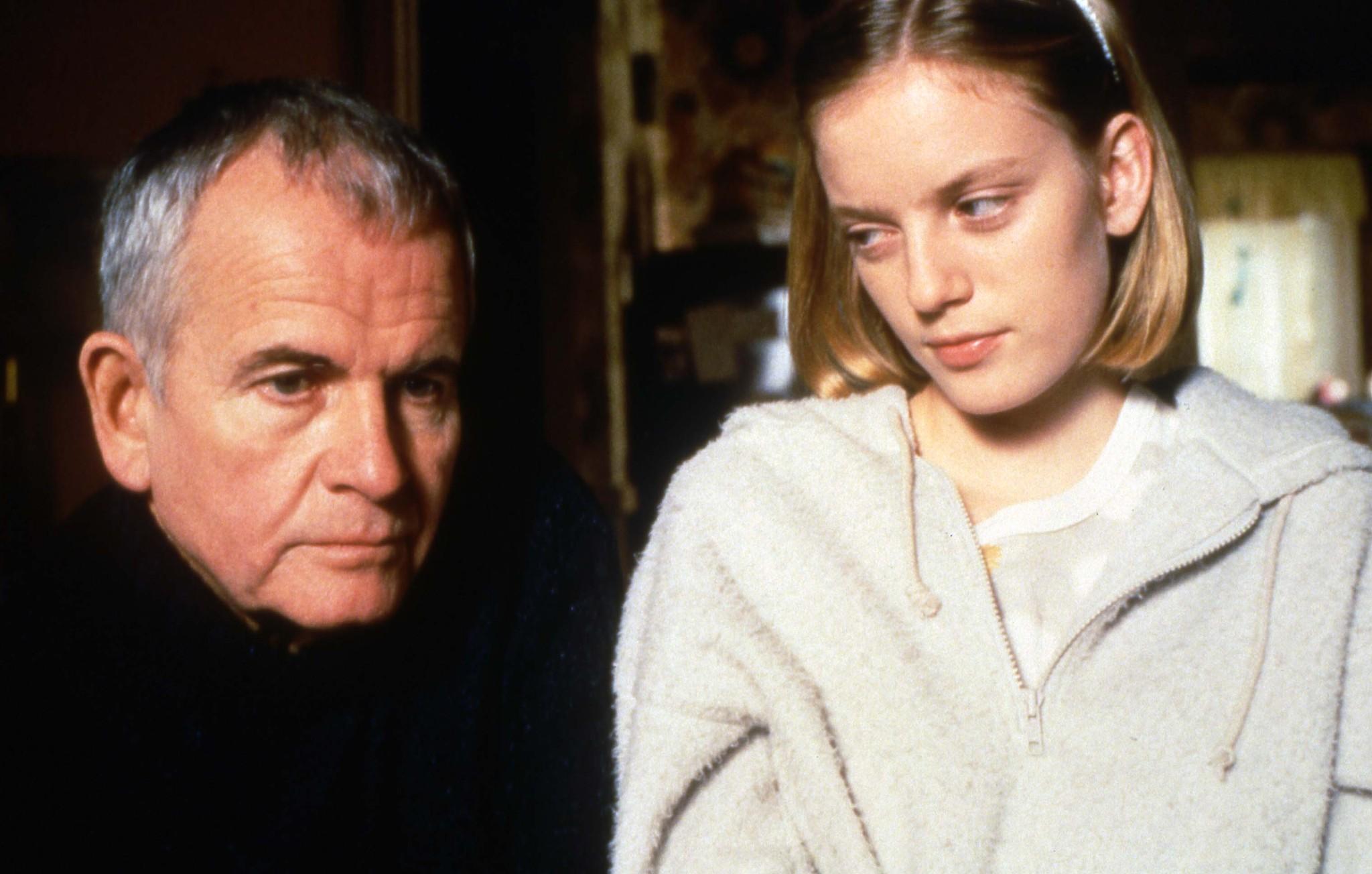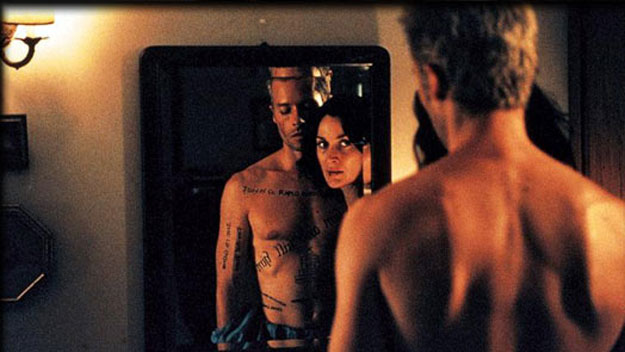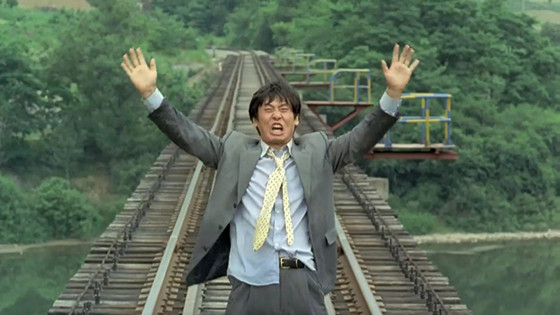5. Two Friends (1986)
Originally made and broadcasted in Australian television in 1986, the film is technically Campion’s debut feature – and certainly predicted what would be a brilliant career in the future.
There’s a need to describe the plot which, while tricky, is the evidence to why this narrative experiment is so important in terms of reverse chronology. The film portrays the decaying friendship of two 15-year-old girls Louise (Emma Coles) and Kelly (Kris Bidenko). When we first meet them they’re no longer friends, and it appears it will stay that way, so we travel back to a time where they’ve known each other for years, in month-long chunks.
The structure itself is hard to describe for this very reason, but it sure is a noteworthy element in the film. As happens in most of the other films in this list, there’s a constant puzzle to piece together, and it isn’t until very late in the film that we understand the key details of the story.
4. Eternal Sunshine of the Spotless Mind (2004)
A main substory in this love story is told backwards. The narrative has an intellectual purpose: instead of giving us dramatic action when portraying a bitter breakup, it asks its characters and the audience if it was all worth it. It does this by giving the main character a second shot, an active role when it comes to figuring out whether or not there should’ve been any memories erased at all.
It represents, on a deeper emotional level, what everyone goes through after a tough breakup — the wish to forget and move on. It also gives “fate” a bigger meaning, which is only realized by the characters and the audience at the end.
Both the film and the erasing process work chronologically in reverse, and concealing this information from the audience is a device used by the brilliant scriptwriter Kaufman and director Michel Gondry to uncover all the forgotten emotions getting lost in the breakup process. It basically uses the story-told-in-reverse method not for a dramatic effect or to hide facts that will later be known to the audience, but simply to dismantle the process of a decaying relationship.
3. The Sweet Hereafter (1997)
Atom Egoyan, utterly influenced by Harold Pinter’s plays, tells this story entirely in reverse: the first scene is set in 1977, and the last in 1968.
The main plot is that it takes place in a small Canadian town, surrounded and locked in by snow, after 14 children are killed in a school bus accident. The main character, a quiet lawyer named Mitchell Stephens (Ian Holm) arrives in town with the purpose of representing its residents in a class action suit.
Based on the novel by Russel Banks, it’s not specifically about the tragedy itself, but what it unexpectadely leaves behind – the grief. The reverse chronology method is used with the particular goal of simplifying the sequence of events with a focus on the beginning and end of the emotions. It’s much relatable to the characterization of emotions use later by Kaufman in “Eternal Sunshine of the Spotless Mind”, and it was one of the first truly great films to get this method just right.
2. Memento (2000)
Any Christopher Nolan film practically implies there will be facts hidden, mind mysteries to solve and the use of reverse chronology at some point. In “Memento”, the catchphrase “I can’t make new memories”, said by Leonard Shelby (Guy Pearce), defines the main content of the entire film. In a vengeance-seeking quest, an insurance investigator is in a desperate search for the man who raped and murdered his wife.
The thriller is condensed in a noir setting, but is more like an authentic puzzle: every scene jumps back in time and ends where the previous one began. In terms of narrative, the audience slowly starts noticing different changes in the character and is, soon enough, guided through what happened that led him to those changes.
The film begins with a killing, and immediately follows in reverse – an instant photograph fades to white and there’s a bullet coming out of a man’s head and into the gun again. It’s disorienting but unpredictable, captivating and, ultimately, upsetting. A triumph in dazzling and cinematic intelligence.
1. Peppermint Candy (1999)
South Korean director Lee Chang-dong made this film about the five phases of a man’s life and why he committed suicide in the end. It opens with a death scene, and then leads us to how the story got there.
It explores the circumstances of the event, why the man is so destructive to the point where he has to die, untangling the mystery of how he became reckless. The key to chronologically place the scenes together is, like the title, “peppermint candy”. Knowing the end of the film – in this case, the start – is in no way preventive of the intensifying power of sadness and empathy.
Even though it’s told in reverse, it passes the test of time and marks a great representation of human misery and true wisdom. Besides, and perhaps most importantly, it’s a powerful commentary on South Korea for the last thirty years, and a masterpiece in the history of film.
Author Bio: Alex Gandra is a Portuguese writer and filmmaker.She graduated this year in New Communication Technologies from the University of Aveiro and is currently in a master’s degree in Digital Audiovisual. She spends too much time in cafés writing scripts and other kinds of texts you can find at medium.com/@gandra_le. She’s also writing a book she hopes to finish some day.




